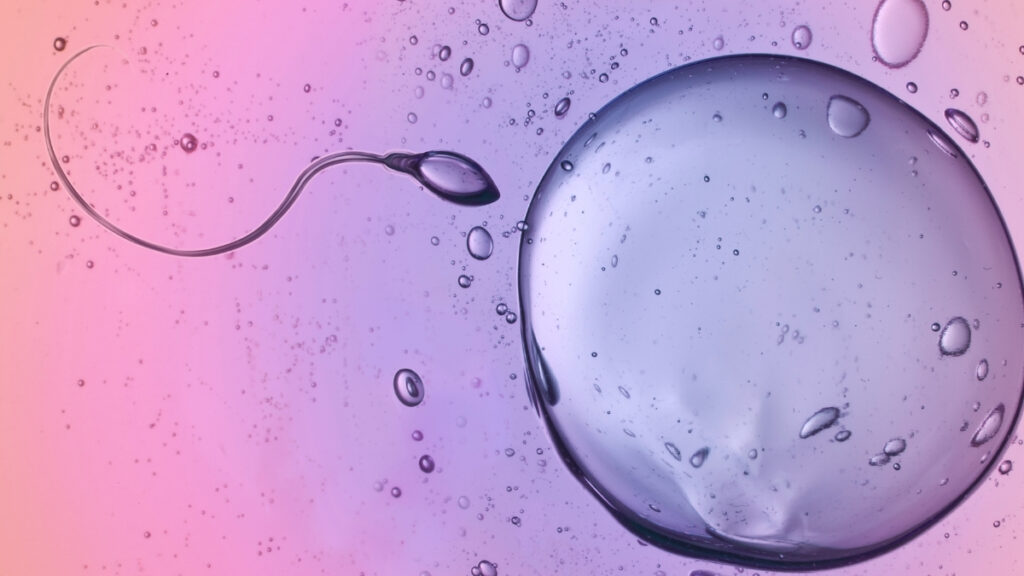
Researchers have discovered that human sperm can swim through thick fluids in a manner that appears to defy a fundamental principle of physics. Led by Kenta Ishimoto, a mathematical scientist at Kyoto University, the team examined how sperm and other microscopic swimmers navigate viscous environments. Their findings challenge the applicability of Sir Isaac Newton‘s third law of motion, which states that for every action, there is an equal and opposite reaction.
Newton’s laws, conceived in 1686, describe the interactions of physical objects and the forces acting upon them. A common example involves two marbles colliding; they transfer energy and rebound according to these principles. However, the dynamics of microscopic cells such as sperm and single-celled algae reveal a more complex reality. These organisms exhibit what are known as non-reciprocal interactions, which allow them to swim effectively through sticky substances without adhering to Newton’s law.
The researchers published their study in October 2023, revealing that sperm and green algae, specifically Chlamydomonas, move using flexible tails called flagella. These flagella bend and change shape, propelling the cells forward despite the energy typically lost in highly viscous fluids.
Surprisingly, the study indicates that the flagella’s elasticity allows these microscopic swimmers to navigate through thick environments while minimizing energy loss. The concept of “odd elasticity” was introduced to describe this behavior, but it did not fully account for the propulsion generated by the wave-like movements of the flagella. Therefore, the researchers derived a new term, “odd elastic modulus,” to explain the internal mechanics of the flagella.
In a statement, the research team remarked, “From solvable simple models to biological flagellar waveforms for Chlamydomonas and sperm cells, we studied the odd-bending modulus to decipher the nonlocal, nonreciprocal inner interactions within the material.” This innovative approach could have practical implications, potentially informing the design of small, self-assembling robots that mimic living systems. Additionally, their modeling techniques may enhance understanding of collective behavior in similar biological systems.
The study was published in the journal PRX Life and adds a new dimension to our understanding of fluid dynamics at the microscopic level. As scientists continue to explore the complexities of biology, this research opens new avenues for technological advancements inspired by nature.







